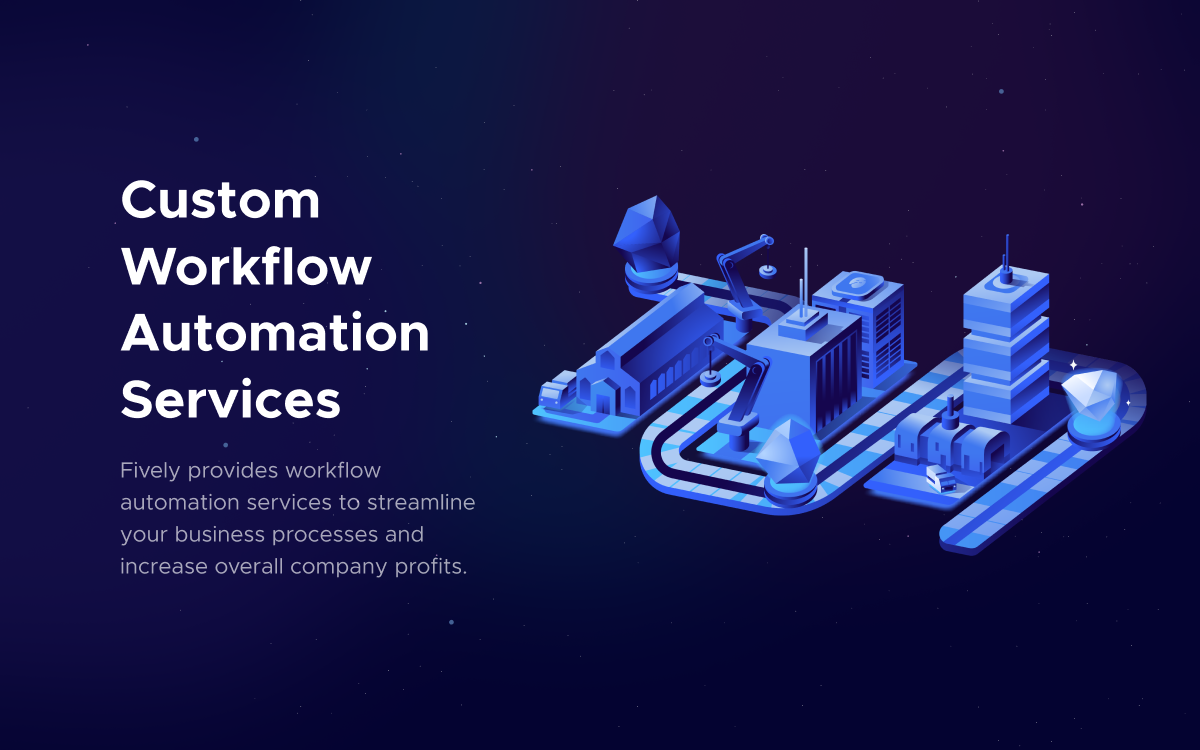Spare Parts Inventory Management: Best Practices, Benefits and Tips
Discover the best practices of spare parts inventory management, and see how the use of the tailored custom software can boost your operational efficiency.
In a world overwhelmed with operations, managing spare parts inventory stands as a critical yet often overlooked aspect. Ensuring that essential spare parts are on hand and accessible is vital to maintaining operational flow and preventing prolonged downtimes.
As industries grow more complex, a strategic approach to spare parts inventory management becomes indispensable. In this article, we delve into insightful tips, the undeniable benefits, and best practices to help you master the art of managing spare parts efficiently. Here we go!

What is Parts Inventory Management?
Spare parts inventory management (SPM) is the intricate orchestration of determining when and where to replenish essential parts, all in a bid to boost operational prowess and sustain equipment reliability. It stretches from the moment a supplier provides the part until it reaches the technician who replaces or mends faulty components.
Juggling the nuances of parts inventory management has perennially been a pivotal and intricate task for businesses. It's akin to a balancing act: ensuring you possess the right component, in the desired quantity, positioned at the correct locale, all at the moment.
In essence, since these parts are vital cogs in ensuring seamless service and maintenance, businesses must judiciously allocate their resources, aiming to both enhance uptime and extend product longevity.
Spare Parts Inventory Management Best Practices
Now, let’s look at some best practices for managing inventory proven by years of experience from various industries’ corporations and manufacturing giants.
Organize and Tag Every Spare Part
Efficiency begins with organization. Ensuring that every spare part is neatly organized and tagged means faster identification and retrieval. It reduces downtime during maintenance and avoids unnecessary purchases. Furthermore, tagging helps track the lifespan and performance of each part, aiding in quality control.
Utilize and Manage the Bill of Materials (BOM)
The BOM is the backbone of any manufacturing or maintenance process. By properly managing the BOM, organizations can have a clearer picture of the components they need, in what quantity, and when. This clarity reduces wastage, avoids stockouts, and ensures smoother operations.
Forecast Demand Accurately
Predicting the future isn't easy, but accurate demand forecasting is crucial. By analyzing past consumption patterns, and seasonal fluctuations, and understanding machinery lifecycles, organizations can better prepare for future needs, ensuring they're neither overstocked nor understocked.
Streamline the Work Order Process
A streamlined work order process ensures that there's clarity in what parts are required, where they are needed, and when. This structured approach reduces errors, enhances productivity, and ensures timely maintenance without hiccups. Furthermore, a seamless work order system fosters improved communication among departments, ensuring that all stakeholders are aligned with inventory needs.
Establish Clear Communication Channels
Clear communication between the procurement, maintenance, and inventory teams can drastically reduce inefficiencies. By ensuring that everyone is on the same page, organizations can avoid unnecessary orders, reduce wastage, and ensure timely maintenance. Plus, clear channels pave the way for swift problem-solving and decision-making during critical situations.
Understand Your Lead Times
Knowing how long it takes for parts to be delivered helps in planning and reduces downtime. By understanding lead times, organizations can order parts well in advance of anticipated needs, ensuring continuous operations. Moreover, having a grasp on lead times allows for better budgeting and scheduling, reducing rush orders that often come with higher costs.
Get a Handle on Your Reordering Process
Optimizing the reordering process ensures a steady flow of parts as and when they're needed. By establishing minimum stock levels and setting reorder points, businesses can maintain a balance between having just enough inventory without tying up excess capital. Additionally, a refined reordering process reduces the chances of stockouts, which can halt production and lead to missed opportunities.
Calculate Risk
Every part doesn't have equal importance. By identifying critical components and assessing the risks associated with their unavailability, organizations can prioritize stocking and replacements, ensuring that high-risk parts are always on hand. Recognizing and acting on these risks can significantly reduce potential downtime, ensuring smooth, uninterrupted spare parts inventory management.

Train Your Employees on Your Inventory Management System
SPMs are only as good as the people using them. Ensure that your team understands and is well-versed with the inventory management system in place. Regular training sessions and refreshers can help in maximizing the software's potential, leading to better inventory management.
Regularly Review and Update Inventory Protocols
The world of spare parts and machinery is ever-evolving. Regularly reviewing and updating inventory protocols ensures that the organization remains adaptive and responsive to new challenges and changes in the operational landscape. This proactive approach helps in staying ahead of potential issues and capitalizing on new efficiencies as they emerge.
Invest in Quality Software
Modern problems require modern solutions. Inventory management software provides real-time data, analytics, and automation capabilities. It simplifies tracking, ordering, and forecasting, making the entire inventory management process more efficient. Furthermore, a good software solution can adapt and scale with your business needs, ensuring longevity and a good return on investment.
Advantages that Brings Custom Parts Inventory Control Software
Custom software not only streamlines the entire inventory process but also introduces an array of benefits to businesses, both quantitatively and qualitatively. Let's explore some of these significant advantages.
1. Higher Inventory Accuracy
By leveraging a tailored inventory management system, businesses can achieve greater precision in tracking parts availability across multiple locations. This eliminates discrepancies between actual stock and recorded inventory, leading to more informed decision-making and reducing the chances of stockouts or overstocking.
2. Better Supply Chain Management
Custom inventory management software for e-commerce can integrate with various elements of the supply chain, offering a consolidated view of operations. By doing so, businesses can detect inefficiencies, better anticipate supply needs, and make adjustments in real-time, ensuring a smooth and responsive supply chain.

3. Reduced Spare Part Waste
With a clear view of inventory turnover rates and the shelf life of specific parts, businesses can reduce instances of obsolescence. This minimization of waste translates to cost savings and a more environmentally responsible approach to inventory management.
4. Improved Customer Service
A well-tunes software ensures flawless parts room inventory control. This timely availability, in turn, speeds up service processes, reduces wait times for customers, and enhances overall customer satisfaction.
5. Enhanced Forecasting Capabilities
Spare parts inventory software often incorporates AI and machine learning algorithms that analyze historical data to predict future demand. This predictive analysis allows businesses to prepare in advance, ensuring they're never caught off guard by sudden demand spikes or market changes.
6. Streamlined Operations and Reduced Overhead
Such software often automates many manual tasks associated with inventory management. This automation leads to reduced labor costs, faster operations, and minimizes human errors, which can be costly in the long run.
Thus, harnessing the power of custom software can transform businesses, making them more agile, customer-centric, and efficient in their operations.
The Future of Parts Inventory Management Systems Is Today
In today's hyper-connected and data-driven world, relying on antiquated methods for managing parts inventory can leave businesses lagging behind. As we've found out today, embracing parts inventory management software doesn't just simplify operations, it's a strategic move that offers a myriad of benefits, from boosting inventory accuracy to significantly enhancing customer service.
The advanced analytics, real-time tracking, and automation capabilities such software brings are definitely revolutionizing the field, and this isn't just about keeping up with the present; it's about future-proofing your operations.
By harnessing the power of modern parts trackers and management tools, businesses are setting the stage for innovation and growth in the years to come. If you need professional parts inventory management software, don’t hesitate to contact our team, and we’ll create for you the tool of the future that will help your business flourish!

Need Help With A Project?
Drop us a line, let’s arrange a discussion















